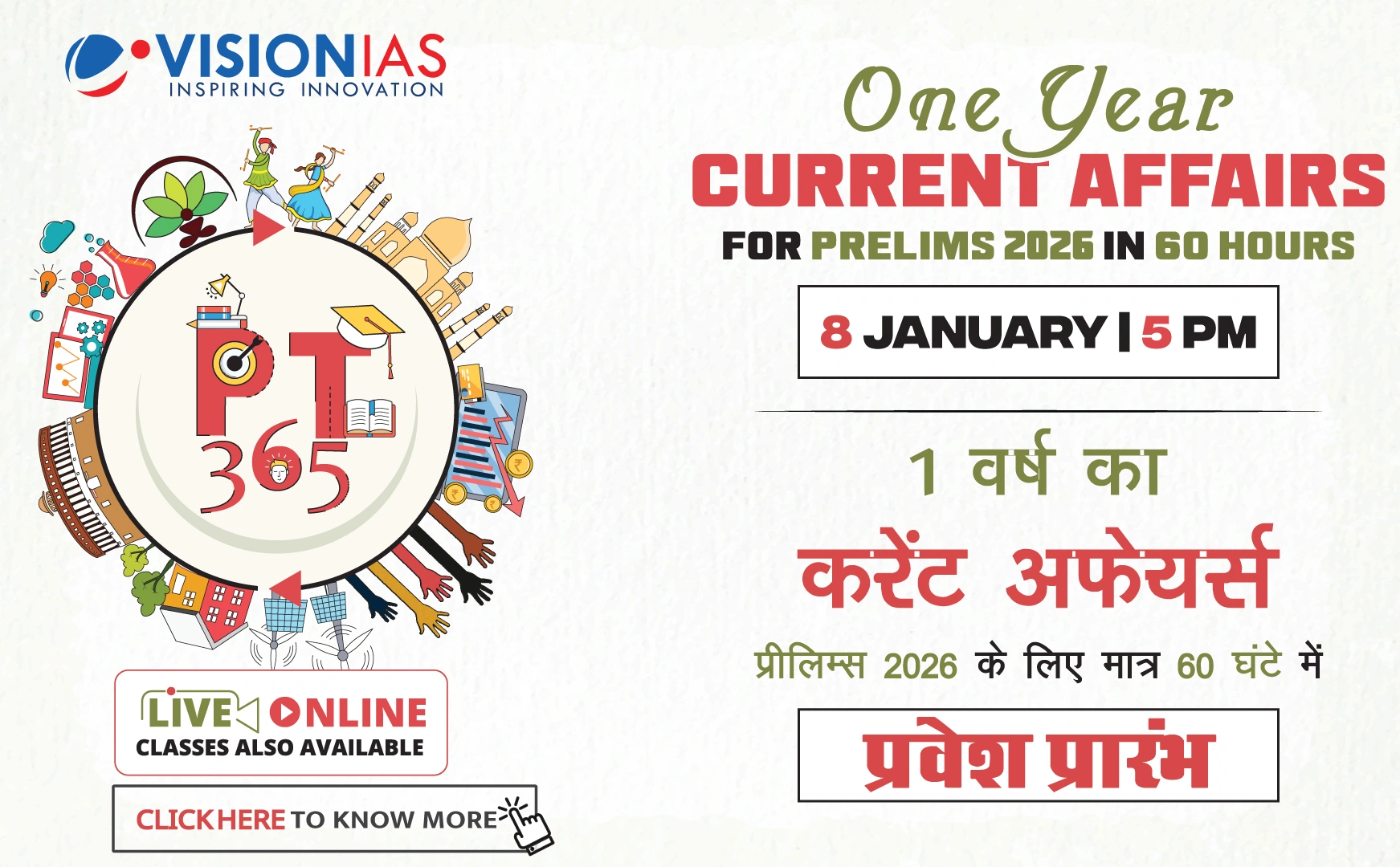Union Budget FY26: Agriculture Segment Analysis
The Union Budget for FY26 addresses critical areas in agriculture focusing on climate resilience, productivity, and farmer incomes. However, the effectiveness of these initiatives remains uncertain.
Key Initiatives and Allocations
- Focus on 100 districts to boost agri-productivity and promote sustainable practices.
- Expansion of credit access through the Kisan Credit Card from Rs 3 lakh to Rs 5 lakh.
- Introduction of a Pulses Mission aiming for self-sufficiency in crops like tur, moong, and urad.
- Establishment of a Makhana Board in Bihar.
- Total budget allocation for agriculture and allied sectors is Rs 1.49 trillion, a 4% increase from the previous year.
Challenges and Concerns
- Decreasing real value of allocations due to inflation between 4-5% in FY26.
- PM-Kisan scheme allocation stagnant at Rs 60,000 crore since 2019, declining in real terms.
- Missed opportunity to integrate income transfers with the fertiliser subsidy.
- Structural problems in agriculture remain unaddressed, leading to a disparity between agriculture’s GDP share (17.7%) and workforce share (46.1%).
Labour and Employment
- Increased share of agriculture in the workforce, indicating urban non-agricultural sectors’ inability to absorb surplus labor.
- Need to promote labour-intensive sectors and skill upgrades for better productivity and income.
Research and Development
- Release of 109 high-yielding, climate-resilient crop varieties is positive.
- Marginal increase in R&D expenditure, still below the essential 1% of agri-GDP, currently less than 0.5%.
Marketing and Infrastructure
- Mission for Vegetables and Fruits with a Rs 500 crore allocation to enhance production and supply chains.
- Need for a focused approach similar to Operation Flood for milk, to improve marketing of high-value crops.
Market Access and Value Chains
- Strengthening e-NAM and integrating with ONDC to improve price discovery and reduce middlemen inefficiencies.
- Challenges remain due to logistical bottlenecks and inadequate processing facilities.
Global Dynamics and Import Dependency
- Challenges with shortages in pulses, oilseeds, and agri-processing raw materials leading to import dependence.
- Requirement for structural changes to reduce dependency, shift towards crop-neutral incentives.
Post-Harvest Losses
- Significant post-harvest losses of fruits (8.1%) and vegetables (7.3%), with Rs 1.53 trillion lost annually.
- Increased allocation under Agriculture Infrastructure Fund from Rs 600 crore to Rs 900 crore to improve logistics and processing.
The Need for Transformation
While the budget makes incremental progress, a paradigm shift towards investment-driven growth, private sector participation, and technology-led improvements is necessary for making Indian agriculture resilient and globally competitive.



